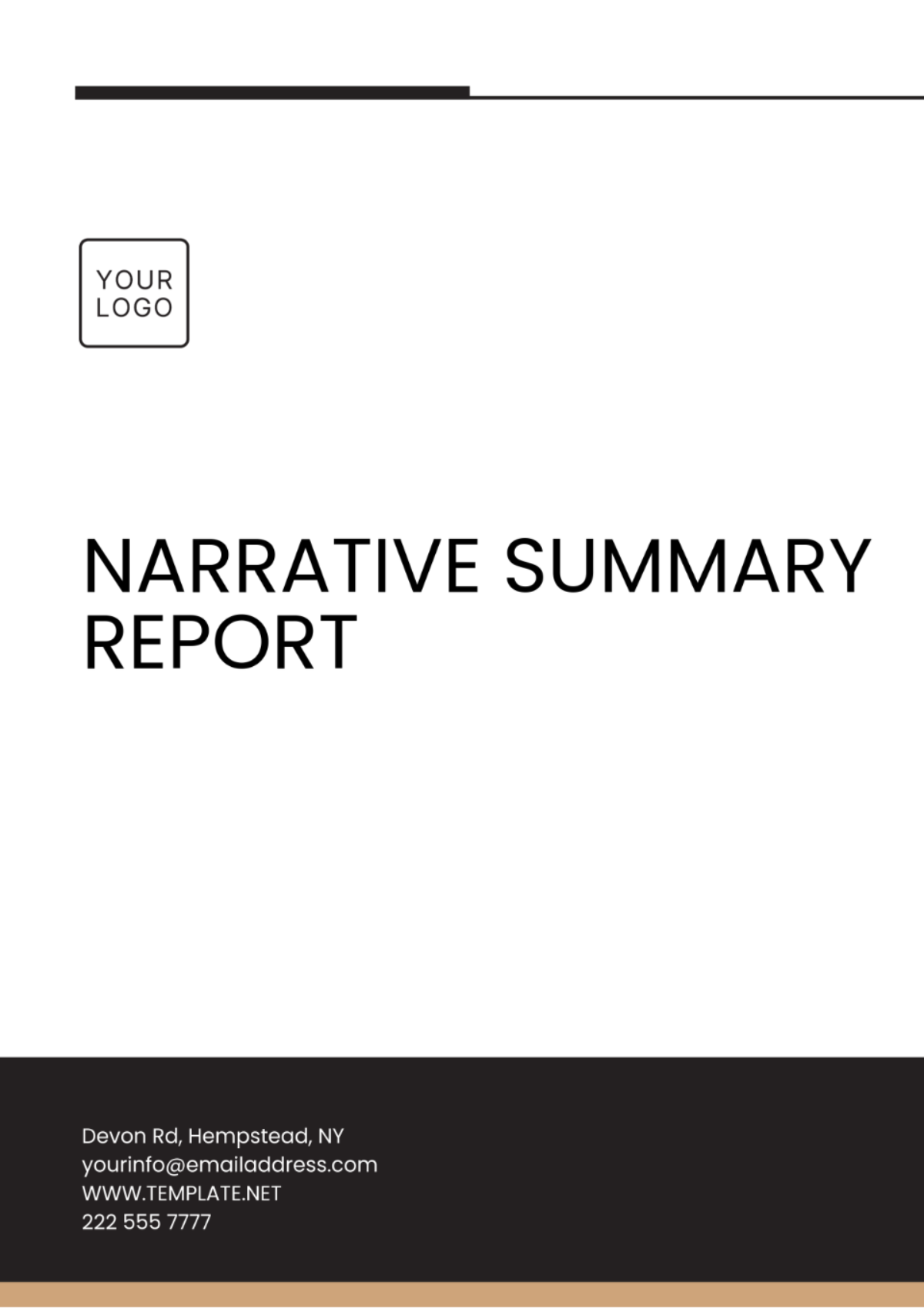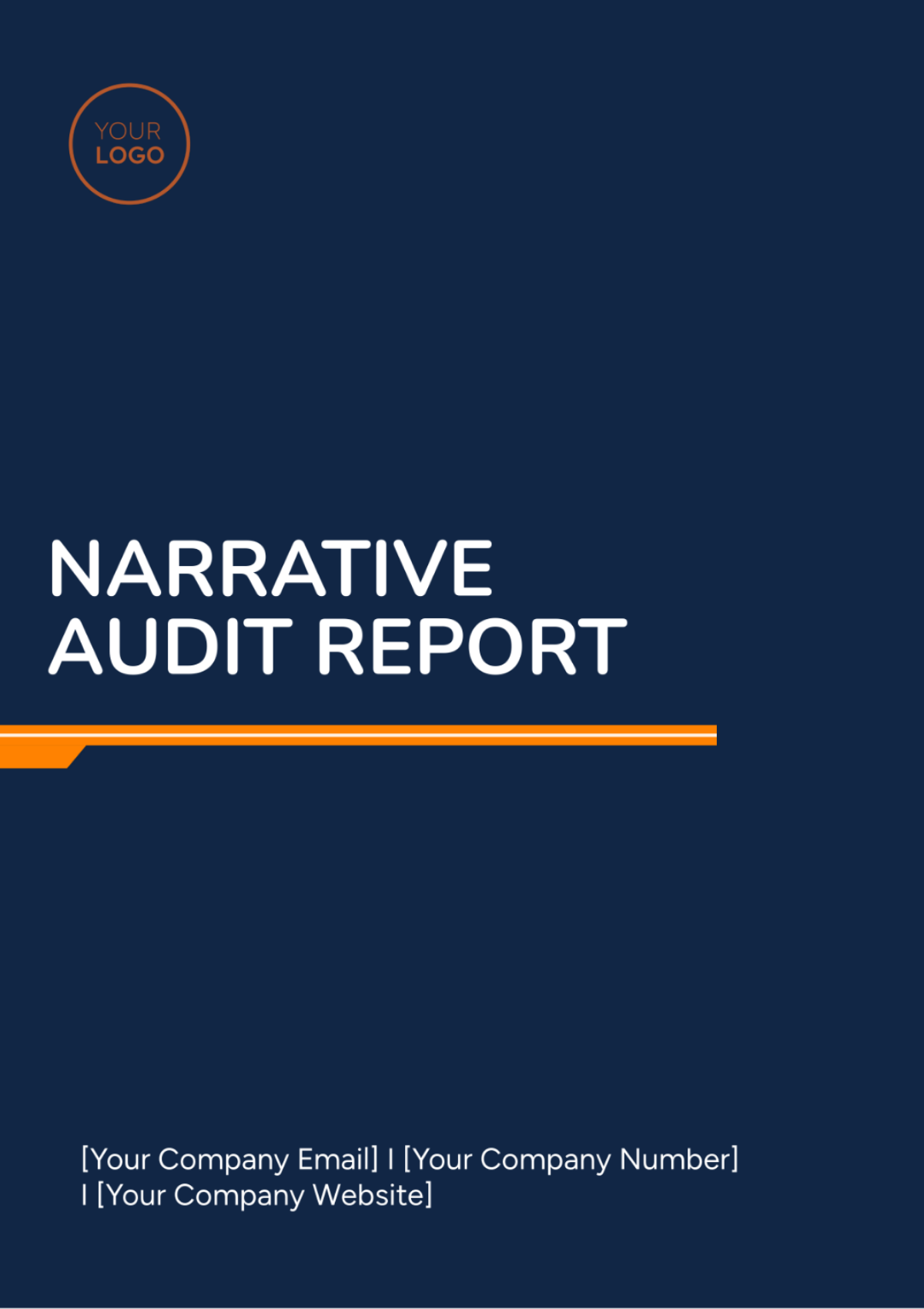Narrative Audit Report
Introduction
The purpose of this audit was to evaluate the effectiveness and efficiency of the Inventory Management System within [Your Company Name]. This report provides a comprehensive analysis of our findings and offers actionable recommendations for improvement based on observations and data collected during the audit period from January 2050 to June 2050. Our objective was to ensure that inventory practices aligned with corporate goals and industry standards, ultimately supporting optimal operational performance.
Scope and Objectives
The audit aimed to assess the following objectives:
Evaluate compliance with organizational policies and procedures: To determine whether staff members adhered to established inventory management policies.
Assess the adequacy of internal controls and risk management: To review existing controls and identify vulnerabilities in inventory management.
Identify opportunities for operational efficiencies: To uncover areas where processes can be streamlined or automated.
Ensure accuracy and reliability of financial and operational information: To verify the integrity of inventory data reported in financial statements.
Methodology
The audit was conducted using a multi-faceted approach that included interviews with key personnel, document reviews of inventory records, and process observations on-site. Data was collected from inventory transaction logs, policy manuals, and staff training materials. The information gathered was analyzed to identify trends, inefficiencies, and areas of concern, leading to a clearer understanding of the current state of the inventory management system.
Findings
Compliance with Policies
The audit revealed the following findings regarding compliance:
Overall, compliance was satisfactory, with a compliance rate of 92%, reflecting an improvement from 88% in the previous period.
However, a significant finding was the lack of awareness about recent policy updates, particularly among new staff members, indicating a need for more comprehensive training initiatives.
Internal Controls
An assessment of internal controls showed:
Generally effective controls were in place, but opportunities for refinement exist, particularly in the inventory reconciliation process.
Specific process delays were noted due to manual intervention, such as in the order processing and stock counting, leading to potential inaccuracies in inventory records.
Operational Efficiencies
Key observations on operational efficiencies include:
There is considerable potential for process automation to increase efficiency. For instance, transitioning to an automated inventory tracking system could minimize human error and expedite order fulfillment.
Current resource allocation strategies require reassessment to align with priorities, especially in warehouse staffing, which is inconsistent during peak seasons.
Data Analysis
Indicator | Previous Period | Current Period | Change (%) |
|---|---|---|---|
Compliance Rate | 88% | 92% | 4.5% |
Process Efficiency | 75% | 80% | 6.7% |
Error Rate | 5% | 3% | -40% |
Recommendations
Based on the audit findings, we recommend the following actions:
Enhance policy dissemination and training programs: Develop a structured training schedule and ensure regular updates are communicated to all staff, particularly focusing on new hires.
Implement technology solutions: Invest in a modern inventory management software solution that includes features for automation, real-time tracking, and data analytics to reduce manual processes and improve accuracy.
Review and adjust resource allocation regularly: Conduct quarterly reviews of staffing levels in the warehouse to ensure they match operational demands, particularly during peak periods.
Conclusion
In conclusion, the audited Inventory Management System at [Your Company Name] is generally functioning effectively, with demonstrated improvements in compliance and efficiency. However, there are key areas identified that require attention to further enhance overall performance and ensure sustainable compliance with organizational goals. By addressing these areas, [Your Company Name] can significantly bolster its operational capabilities and maintain its competitive edge in the marketplace.
Appendices
The following documents were reviewed as part of this audit process:
Inventory Management Policy Manual
Training Records for Inventory Staff
Recent Inventory Transaction Reports









































